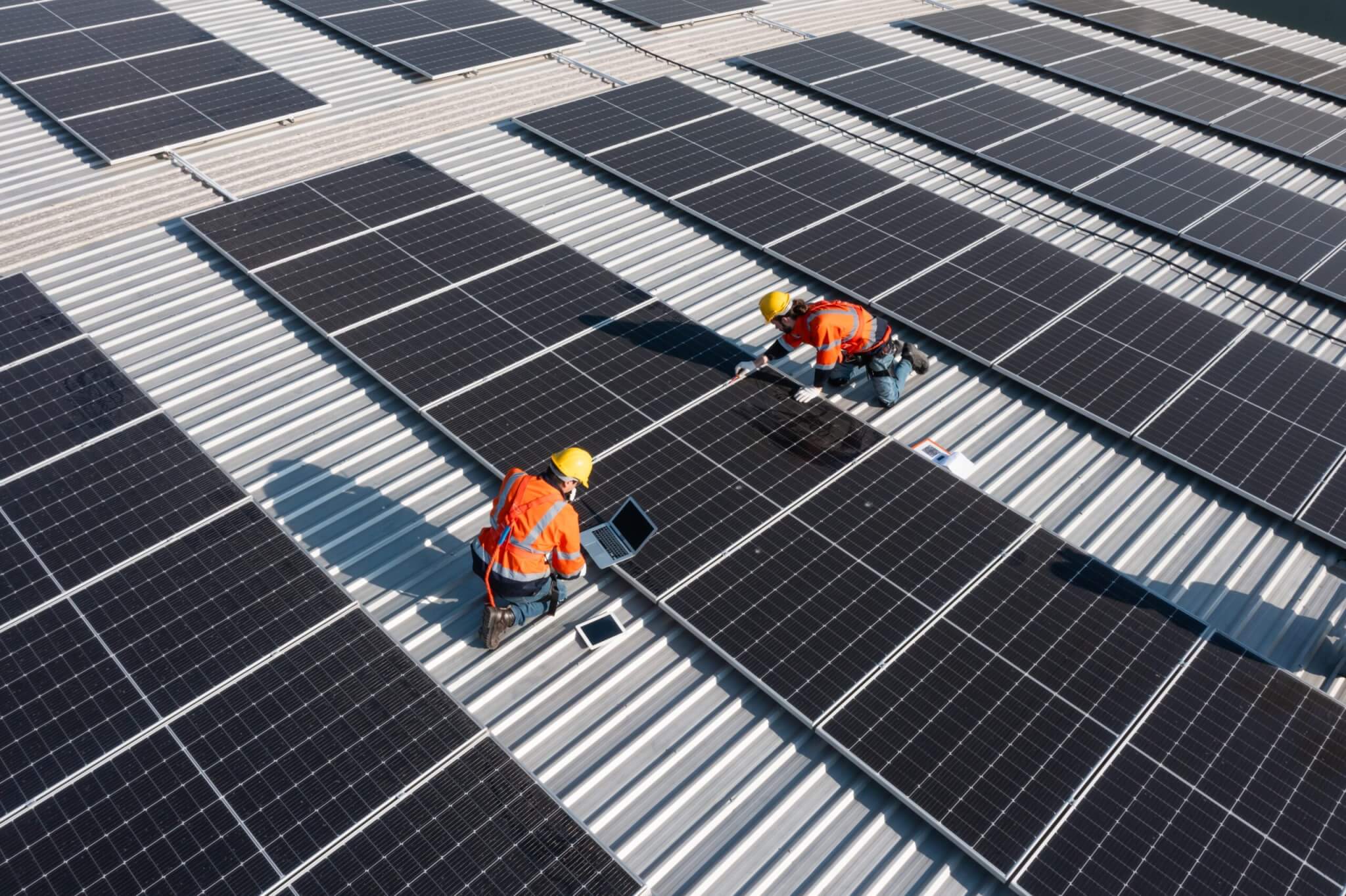Unlocking Green Benefits: Navigating Tax Credits and Incentives in the Clean Tech Industry

Navigating tax credits and incentives has become a pivotal strategy for the clean technology (clean tech) industry aiming to maximize environmental and financial benefit. Governments worldwide recognize the importance of clean tech and have implemented tax credits and incentives to promote its development and adoption. In the following, we’ll explore key tax credits and incentives available to the clean tech industry and provides strategies for maximizing these green benefits.
Understanding the Landscape of Incentives
At the heart of the clean tech industry are various financial incentives designed to encourage businesses to invest in sustainable practices. Among the most significant are:
- Investment Tax Credits (ITC): This tax incentive stimulates investment in renewable energy, energy-efficient technologies, research and development (R&D) and low-income housing. The ITC provides tax credits to businesses and individuals who invest in qualified assets or property, usually as a percentage of the investment cost, to offset income tax liabilities.
- Global Adoption: Many governments have adopted ITCs. In the US, the federal government offers around 30% federal ITC for residential and commercial solar energy systems. Businesses can also claim up to 10% ITC for energy-efficient lighting installations.
- Additional Benefits: ITCs incentivize investments in R&D and low-income housing, reducing investment costs in specific areas and encouraging investments in renewable energy and energy-efficient technologies. This helps reduce greenhouse gas emissions and mitigate environmental impacts.
- Production Tax Credits (PTC): The PTC is a per kilowatt-hour (kWh) federal tax credit included under Section 45 of the U.S. tax code for electricity generated by qualified renewable energy resources. This incentive supports the expansion of renewable energy capacity and stabilizes revenue streams for project developers.
- Credit Amounts: For facilities placed in service after December 31, 2021, the PTC provides a corporate tax credit of up to 1.5 cents/kWh for electricity generated from landfill gas (LFG), open-loop biomass, municipal solid waste and small irrigation power facilities. For electricity generated from wind, closed-loop biomass and geothermal resources, the credit can be up to 2.75 cents/kWh. This credit is available for 10 years after the equipment is placed in service.
- Inflation Reduction Act (IRA) of 2022: This act established new wage and apprenticeship requirements for systems placed in service after 2021 and larger than 1 megawatt (MW). For these projects, the tax credit starts at a base of 0.3 cents/kWh or 0.55 cents/kWh, depending on the renewable energy type, and can qualify for the full credit if the labor-related requirements are met. The act also introduced two bonus credits for projects of any size: one for using domestic steel/iron materials and another for projects located within an “energy community” (a brownfield site or an area historically reliant on coal, oil, or natural gas extraction with high unemployment).
- Eligibility Dates: Projects smaller than 1 MW are eligible if construction begins between December 31, 2021 and January 1, 2025. Projects above this size threshold can begin construction on or after January 30, 2023 (60 days after the labor-related guidelines were provided by the IRS) and must be started no later than January 1, 2025.
- Direct Pay Option: The IRA also added a direct pay option for non-taxable entities such as local or tribal governments and non-profits, allowing them to directly monetize the PTC. This option is available for equipment placed into service on or after January 1, 2023 and before January 1, 2033.
- Grants and Rebates: Governments often offer grants and rebates to offset the initial costs of purchasing and installing energy-efficient technologies, electric vehicles and other clean tech solutions. These financial supports make sustainable investments more accessible and financially viable for businesses of all sizes.
Qualifying and Applying for Incentives
Managing the landscape of tax credits and incentives requires a thorough understanding of eligibility criteria and application processes. Companies must ensure compliance with specific regulatory requirements and demonstrate the technological and environmental benefits of their projects. Key considerations include:
- Technology Standards: Many incentives are contingent upon the use of approved technologies that meet established efficiency or environmental performance criteria. This ensures that taxpayer dollars are invested in projects that deliver tangible benefits to the environment and society.
- Documentation and Reporting: Accurate documentation and reporting are critical throughout the application and compliance phases. Companies must maintain detailed records of expenditures, energy production and environmental impacts to substantiate their claims and ensure ongoing eligibility for incentives.
The IRS has released guidance on determining eligibility for the PTC for renewable energy projects. To qualify, a facility must have begun construction before a specific date, evidenced by either the beginning of “physical work of a significant nature” or incurring at least 5 percent of the total project cost.
Strategic Maximization of Benefits
To maximize the benefits derived from tax credits and incentives, companies often employ strategic planning and collaboration:
- Project Structuring: Timing investments and structuring projects to optimize the use of incentives can significantly enhance financial returns. Strategic planning may involve phasing investments to align with regulatory cycles or leveraging multiple incentives concurrently.
- Partnerships and Stakeholder Engagement: Collaboration with industry stakeholders, financial institutions and regulatory bodies can provide valuable insight and support throughout the incentive application process. Engaging with experts who specialize in clean tech financing can help navigate complex regulatory landscapes and identify additional funding opportunities.
Conclusion
By understanding and maximizing clean tech tax credits and incentives, businesses can drive strategic impact while achieving long-term profitability. As governments worldwide continue to prioritize climate action, the role of tax credits and incentives will remain integral to shaping the future of the industry.
At FD, we have a team dedicated to serving clients who are interested in applying for ITCs and PTCs. Contact us today!
Tommy Zavieh, National C&I Practice Leader | tommy.zavieh@frazierdeeter.com
Sheila Anderson, C&I Partner | sheila.anderson@frazierdeeter.com
Allen Tobin, C&I Principal | allen.tobin@frazierdeeter.com






